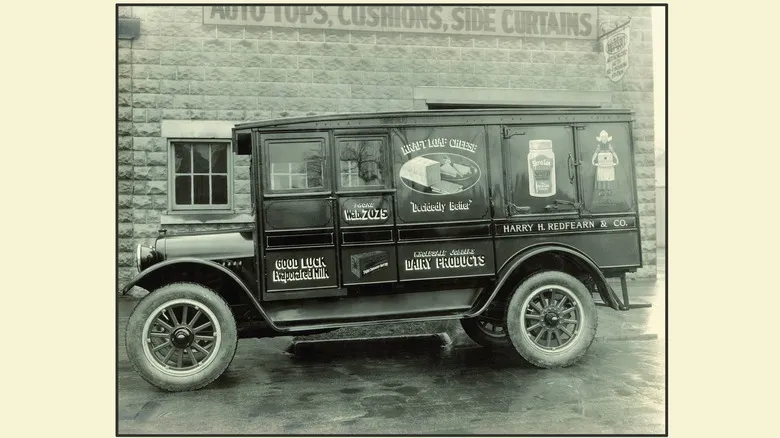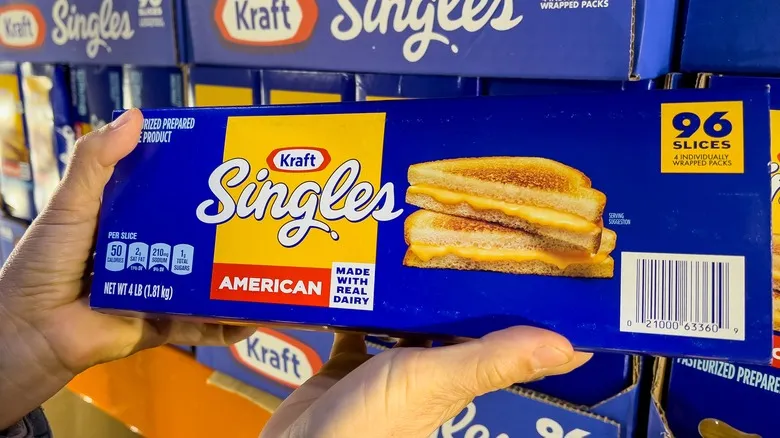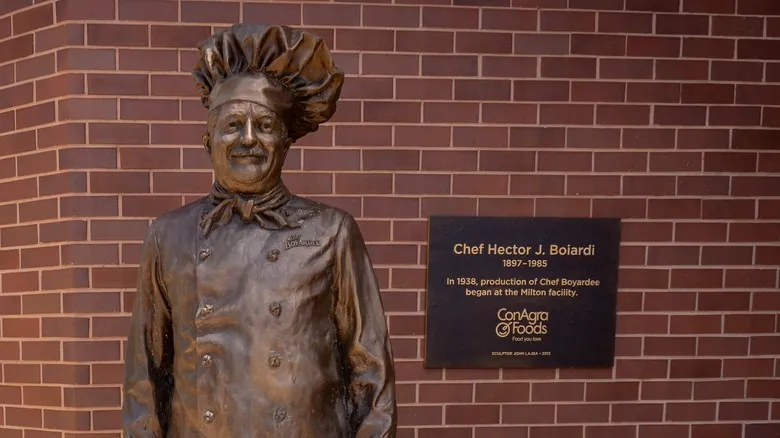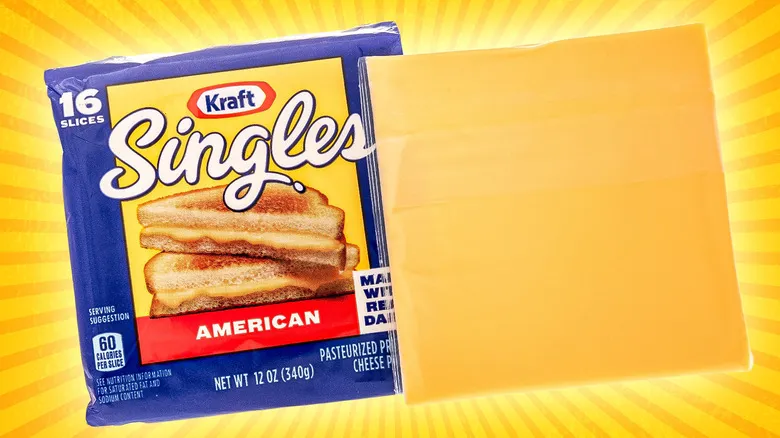How Kraft Singles revolutionized the cheese industry

The creation of the cheese slice resulted in a dairy product that melted more effectively and had a significantly longer shelf life than any other options available. However, when Norman Kraft first introduced his innovation to his team, some were puzzled by its straightforwardness. Many questioned, "Isn't this just sliced cheese?" According to the Kraft website, Norman addressed these concerns by stating, "Cheese slices — big difference." But what truly distinguishes them from a slice taken directly from a block?
In contrast to traditional cheese blocks, Kraft's pre-sliced varieties melt much more easily, making them the preferred choice for grilled cheese sandwiches or as a topping for burgers, allowing you to sidestep the drawbacks of melting cheese. Furthermore, with the introduction of individually wrapped cheese slices in the late 1950s, the product could stay fresh for a much longer time than conventional options. In fact, this processed cheese could even be packaged and distributed widely, including to soldiers during wartime. The uniform melting and slicing of the dairy product also ensured a more consistent flavor and texture, making its launch beneficial in multiple ways.
A rocky road to success

To sum it up, Kraft made cheese more accessible to everyone, but the path to that achievement was challenging. Norman Kraft dedicated 15 years to refining his original production method, which delayed the arrival of his cheese slices in the market. Given the difficulty of cutting warm cheddar cheese, he experimented with chilled rollers and ultimately developed a device that rolled the cheese into long strips and sliced them into 3-inch pieces. This innovation came to fruition in 1950, leading to a remarkable 150% increase in cheese sales almost overnight, as reported by The New York Times Magazine. Each pack contained eight slices of cheese.
In 1956, Kraft introduced individually wrapped cheese slices to address the issue of stacked cheese sticking together. The rest is history, and today, Kraft stands as one of the top cheese brands, continuously launching new flavors and pack sizes (including a 96-pack for larger gatherings). While the creation of Kraft's groundbreaking cheese slice took time, it’s fair to say that the wait was worthwhile.
Recommended

How President Woodrow Wilson Put Chef Boyardee On The Map

Follow The Freckle Rule For Perfect Banana Splits

What Is Canned Brown Bread And How Do You Eat It?

Jell-O Salads Once Represented Wealth And Status
Next up

